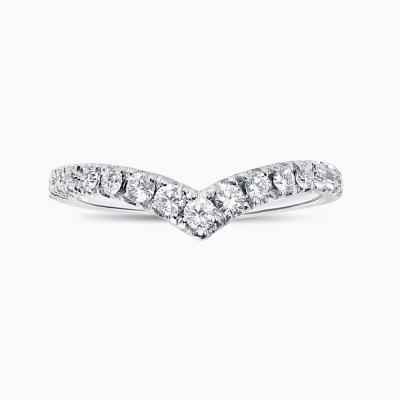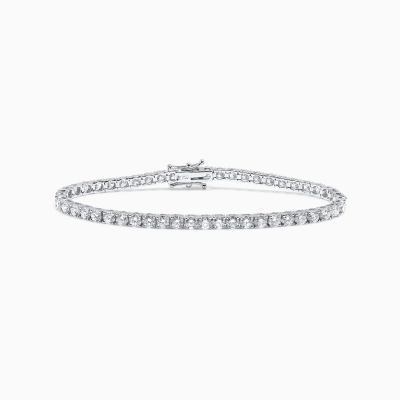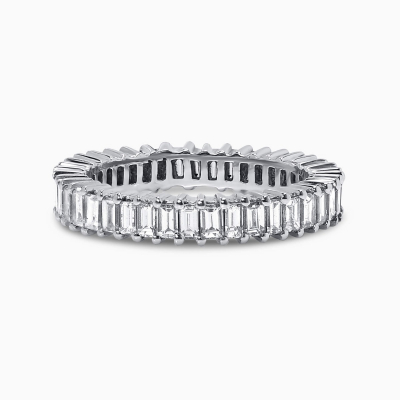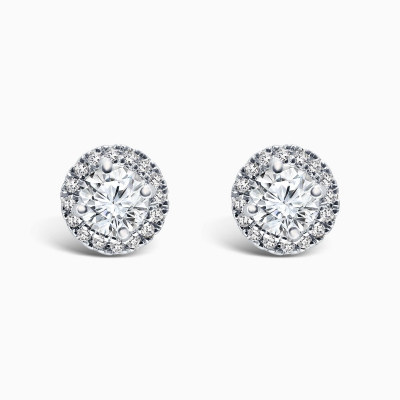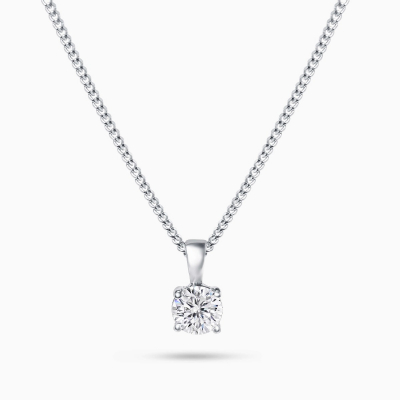USD
/
USD
/
Shipping to:
Currency:
MARQUISE CUT DIAMOND
Marquise Cut diamonds which are also often referred to as “navette” diamonds, translated from French as “little ship” due to the marquise diamond’s boat-like shape, are a rarer cut than many other diamond shapes. Perhaps due to this factor, they also tend to less popular than other diamond cuts such as the Round or Princess Cuts. However despite this, Marquise Cut diamonds make an elegant and sophisticated centerpiece with their shape having the effect of elongating small fingers, but looking equally as beautiful on longer, slender fingers.
Whilst the Marquise Cut began as being a cut for diamonds, it is also now seen with other gemstones such as sapphires, rubies and emeralds. Here though, we take a closer look at the beauty of Marquise Cut diamonds.
01
THE HISTORY OF MARQUISE CUT DIAMONDS
Marquise Cut diamonds are steeped in history and date back to the 18th century when they became part of a royal love story. King Louis XV of France commissioned a jeweler to design a diamond cut that resembled the shape of the lips of his mistress, Jean Antoinette Poisson, the Marchioness Madame de Pompadour. Since this first creation, Marquise Cut diamonds have evolved to feature up to 58 facets giving this diamond the shape, enhanced brilliance and sparkle that we see in today’s Marquise Cut.
02
CHARACTERISTICS OF MARQUISE CUT DIAMONDS
Marquise Cut diamonds are a very distinctive and unique shape being an elongated elliptical shape with pointed ends. They are a brilliant cut meaning that they are comprised of 56, 57 or 58 facets which are kite and triangular shaped – 24 on the pavilion and 33 on the crown. The ideal length to width ratio of a Marquise Cut diamond is between 1.85 and 2.10. Symmetry is critical with Marquise Cut diamonds and the pointed ends should be very nearly perfectly aligned with each other as even the smallest difference can detract from the diamonds beauty. Marquise Cut diamonds can also suffer from the “bow tie effect” which is the causing of a shadow across the diamond’s face when light shines through, therefore it is essential that the diamond is not cut too shallow which will cause loss of fire and brilliance.

03
PROS AND CONS OF MARQUISE CUT DIAMONDS
PROS
- Marquise Cut diamonds give the illusion of looking larger than other diamond cuts so appealing to those who are looking for a diamond that draws attention to itself.
- The shape of Marquise Cut diamonds means that they accentuate the fingers to make them look slimmer and longer.
- Marquise Cut diamonds cost up to 10% less than Round Cuts which means that they are ideal for the budget conscious buyer, or the saving can be used to buy a Marquise Cut diamond with a higher carat, clarity grade or color.
- Being a modified brilliant cut, Marquise Cut diamonds maximize the way in which light is refracted and reflected. This means that they can disguise inclusions that would normally be visible in diamonds cut with less brilliance such as step cut diamonds. These imperfections appear as white feathers, black spots or twinning wisps. The white light that reflects off a Marquise Cut diamond back to the viewer will cover such on the outside or inside of the diamond so making them appear eye-clean.
CONS
- Most Marquise Cut diamonds exhibit the undesirable “bow tie effect” which shows as black lines across the middle of the diamond which resemble the shape of a bow-tie. The degree of visibility of this bow tie changes depending on the quality of the diamond and it may or may not be visible to the naked eye. What this effect does however, is impact on both its brilliance and appearance so beware of paying too high a price for a diamond with this obvious flaw.
- Marquise Cuts are often up to 20% more expensive than other fancy shapes such as Baguette, Emerald, Cushion, Radiant or Asscher. They are however less expensive than Round Cut.
- The pointed ends of Marquise Cut diamonds are prone to chipping against a hard surface which will diminish its durability and longevity. This can be overcome by protecting the weak areas with a string setting such as a bezel setting or a V prong with four other prongs.
- The color quality of Marquise diamonds is graded on the extent of the presence of brown or yellow or tints, colorless being the highest grade. Marquise Cut diamonds hide color better than many step-cut diamonds, due to having narrow shallow ends which work to show tints of yellow even in a diamond with a colorless middle.
- The GIA do not cut grade Marquise Cut diamonds due to it being a fancy shape. As there are too many variations of fancy shape diamonds, the GIA have not yet developed a standard for grading their cut quality of fancy.
04
DO MARQUISE CUT DIAMONDS REPRESENT GOOD VALUE FOR MONEY?
Marquise Cut diamonds are the perfect choice for those on a budget as they represent good value for money. This is due to the fact that there is less wastage in the cutting process, meaning that in comparison they cost less per carat than their Round cut counterparts.
In addition, as Marquise Cut diamonds are narrow and long, they can also give the optical illusion of being greater in size than some other cuts. In fact, carat for carat, Marquise Cut diamonds has one of the largest crown surface areas of any diamond shape, making it a good choice if you wish to maximize the perceived size of a diamond to create a breathtaking marquise ring.

WHERE NEXT?
Looking to buy a round loose diamond?
Book a visit to our New York, Los Angeles or Dallas showrooms or search through our diamonds inventory online.
Contact us:+1 (646) 898 2098

WHERE NEXT?
Looking to buy a round loose diamond?
Book a visit to our New York, Los Angeles or Dallas showrooms or search through our diamonds inventory online.
Contact us:+1 (646) 898 2098






